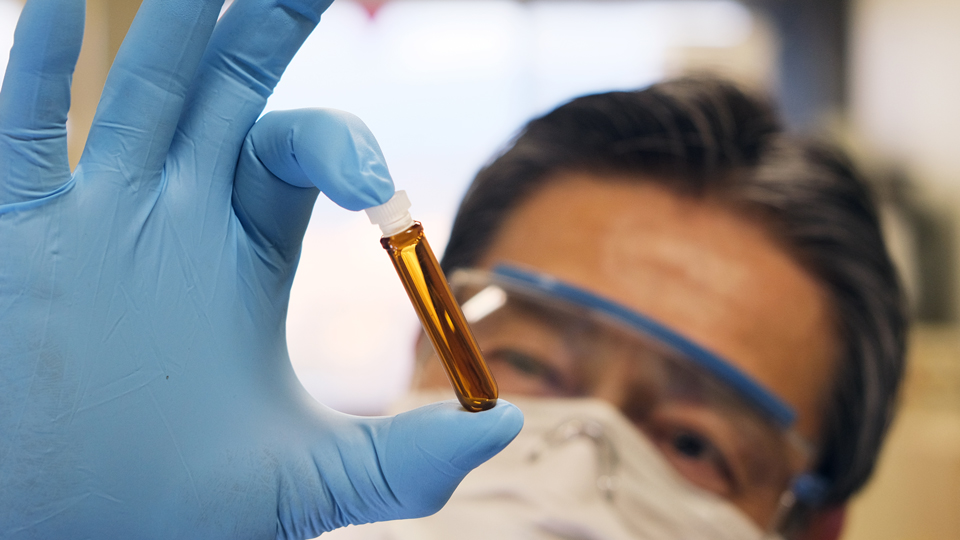
Happy New Year! Let’s start jetsetting into the future.
While we were all hibernating, a new slew of travel requirements for flyers has been proposed when we were busy RV road-tripping and hitting up national parks. How can we prove that we’ve been adequately cleared for take-off next time we head to the airport?
Possible Requirements
Due to the unpredicatable nature of traveling these days, bring everything possible in terms of health requirements:
- Face mask
- Face shield
- Safety goggles
- Gloves
- Vaccination card
- Proof of antibodies
- COVID test within 24-72 hours
- Funds & time for a 10-14-day quarantine
Please check local requirements for exact timeframes. It is highly recommended to be prepared as possible, even though some things such as vaccination proof may not be immediately available.
Though almost every airline and destination still have its own individual prerequisites, here are some ways travel might be made safer and more efficient in the coming months.
The IATA is launching an immunity passport
Consider this the new Global Entry card.
Depending on the traveler and the destination, an immunity passport might mean carrying documented proof of a positive COVID-19 test, one clearly conveying that you’ve already contracted the coronavirus and have since recovered.
This is what’s needed for international travelers planning to visit countries like Iceland and Hungary.
The International Air Transport Association (IATA), which is the trade association for a bulk of the world’s airlines, is also developing the IATA Travel Pass, a contactless digital health pass. They’re planning to launch it over the next few months.
Basically, the pass will allow travelers who’ve either received a negative COVID test result or a COVID vaccine to forgo quarantine once reaching their destination. It will also provide governments, airlines, and travelers the digital information to know exactly what test requirements—a negative COVID result from a test taken 72 hours or less before take-off—are needed for, say, a flight from the U.S. to the Azores.
The pass will also allow travelers to find out where they can get tested and vaccinated, giving governments the ability to match test results with the actual travelers who are presenting them, making sure they match up.
These test results will be obtained directly from authorized labs and test centers that conduct them and and will be stored digitally within the pass.
The overall goal of the IATA Travel Pass is to help standardize COVID-19 testing for all international travelers, though there are currently other options for assuring safer transport. It’s exciting!
Showing a vaccination card
Let’s be clear, an immunity passport and a vaccine card are two different things.
Though the former can shows that you’ve already had COVID-19 and developed antibodies, have recently tested negative, OR have been vaccinated for COVID-19, the latter is to keep track of which vaccine you received and the dosage.
The paper card serves as an extra record of which vaccine (at this stage there are two most in use are Pfizer-BioNTech and Moderna; the New York Times has a full list of vaccines in development stages and usage) you received, as well as when both the first and second doses were distributed.

Know the vaccines.(Japanexperterna.se / Flickr)
It may even come in handy for flying on airlines like Qantas, which is considering requiring vaccinations for all of its international travelers, starting in the second half of 2021.
However, paper cards can be forged easily. Because of this, a non-profit organization called the Commons Project Foundation, in partnership with the Word Economic Forum and various airlines and health systems, is putting together the CommonPass.
This is an app in which users can upload COVID-19 test results (and eventually, vaccination proof), creating a health certificate or pass in the form of a QR code. Travelers can then provide this digital code to show that they’re COVID-clear without having to keep track of a paper document.
Everyone has different requirements
The best way to assure you have everything needed to provide a clean bill of health is to research the individual destinations, and the airlines you’ll be using to travel to and from there.
This isn't quite the moment to be so spontaneous with those travels..
Most countries, states, airlines, and even airports are continuing to set their own requirements. This not only includes proof of a clean bill of heath, but other prerequisites as well.
For example, at Lima, Peru's Jorge Chavez International Airport (LIM), passengers are not only to wear a face mask, but also either a face shield or safety glasses to travel (even to transit!). Both masks and face shield are required on all Qatar Airways flights.
The bulk of the Hawaiian islands will let travelers with negative COVID test results (from a test administered 72 hours or less from the final scheduled flight to Hawaii, and by a state-approved testing provider) forgo the state’s mandatory 10-day quarantine. This isn’t an option in Kauai, where all trans-Pacific and inter-county (or, inter-island) travelers are expected to stay indoors for the 10-day duration, regardless of a COVID test.
To be safe, the CDC recommends getting tested 1-3 days before traveling by plane internationally no matter where you’re heading, and bringing along those test results with you. If you have a vaccine card, carry that too.
Simply being prepared can make a hell of a difference between a 10-day trip spent in quarantine, and one lounging on the white sands of a Maui beach, though you should be prepared for that too.



